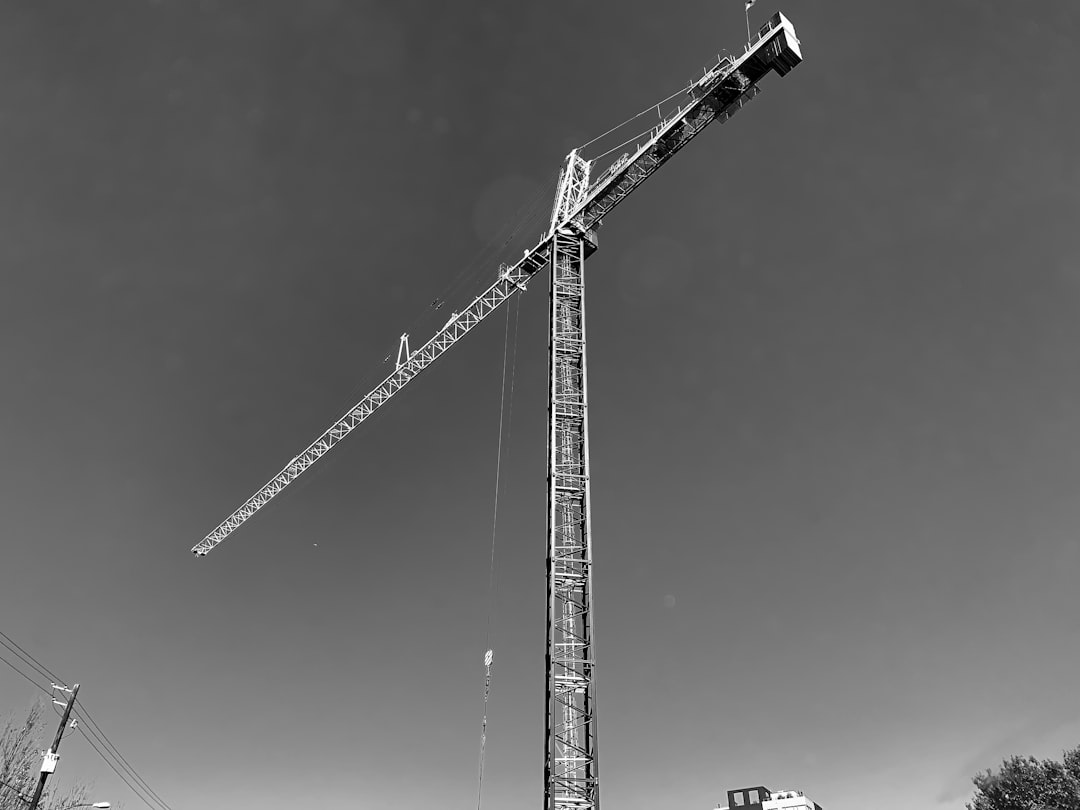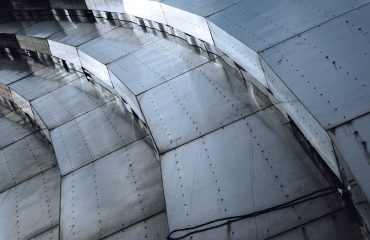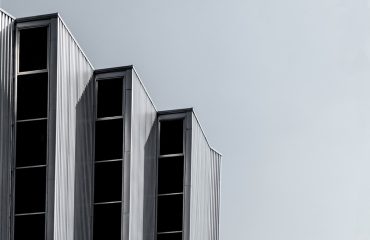The construction industry is undergoing a significant transformation, driven by the need for sustainable, efficient, and cost-effective building solutions. Hybrid construction techniques are at the forefront of this revolution, offering a compelling blend of traditional methods and modern materials to create innovative and resilient structures. This post delves into the fascinating world of hybrid construction, exploring its various approaches, benefits, challenges, and future prospects.
1. Understanding the Fundamentals of Hybrid Construction
Hybrid construction, in its simplest form, refers to the strategic combination of different building materials and construction methods within a single project. This isn’t about simply using multiple materials; it’s about leveraging the unique strengths of each material to optimize the structure’s performance, sustainability, and cost-effectiveness. For example, a building might utilize a timber frame for its primary structure, complemented by concrete infill walls for enhanced fire resistance and sound insulation. Alternatively, steel might be combined with prefabricated modular units for rapid construction and design flexibility. The key is synergy – each material contributes to the overall success of the project, rather than simply existing in isolation.
2. Popular Hybrid Construction Combinations: A Material Showcase
The possibilities within hybrid construction are vast. Some of the most prevalent combinations include:
- Timber Frame and Concrete: This approach combines the sustainability and speed of timber framing with the strength and fire resistance of concrete. Concrete infill walls or a concrete foundation are frequently used in conjunction with a timber frame superstructure.
- Steel and Mass Timber: Mass timber products, like cross-laminated timber (CLT), offer significant structural strength and sustainability. Combining them with steel provides additional load-bearing capacity and flexibility in design, particularly for taller buildings.
- Steel and Concrete: A classic combination, this approach leverages the tensile strength of steel and the compressive strength of concrete. Steel often forms the skeleton of the building, while concrete is used for floors, walls, and other elements.
- Prefabricated Modules and In-Situ Construction: This approach blends the efficiency of prefabricated modular construction with traditional on-site construction methods. Modules might form a significant portion of the building, with in-situ construction used for specific elements or finishes.
- Bamboo and Concrete: In regions with abundant bamboo resources, this combination offers a sustainable and cost-effective solution. Bamboo provides structural elements, while concrete adds strength and durability.
3. Advantages of Embracing Hybrid Construction Methods
The benefits of hybrid construction are numerous and compelling:
- Enhanced Sustainability: Hybrid methods often allow for the incorporation of sustainable materials like timber, reducing the reliance on carbon-intensive concrete and steel.
- Improved Structural Performance: By combining materials with complementary properties, hybrid structures can achieve superior strength, durability, and resilience.
- Cost-Effectiveness: Strategic material selection can lead to cost savings in both material procurement and construction time.
- Faster Construction Time: The use of prefabricated components and efficient construction methods can significantly reduce project timelines.
- Increased Design Flexibility: Hybrid construction allows for greater creativity and adaptability in building design, enabling architects to push boundaries.
- Reduced Environmental Impact: The use of sustainable materials and efficient construction techniques minimizes the environmental footprint of the building.
4. Challenges and Considerations in Hybrid Construction
While hybrid construction offers many advantages, it also presents some challenges:
- Material Compatibility: Ensuring compatibility between different materials is crucial to avoid structural issues and performance problems.
- Design Complexity: Hybrid designs often require specialized engineering expertise to ensure structural integrity and optimize material performance.
- Skilled Labor Requirements: Working with multiple materials necessitates a skilled workforce capable of handling diverse construction techniques.
- Quality Control: Maintaining consistent quality throughout the construction process is vital, especially when dealing with multiple materials and methods.
- Cost Management: Careful planning and budgeting are essential to avoid cost overruns, especially in complex hybrid projects.
5. The Future of Hybrid Construction: Trends and Innovations
The future of hybrid construction is bright, with ongoing innovations pushing the boundaries of what’s possible. We can anticipate:
- Increased use of advanced materials: New materials with enhanced properties will be integrated into hybrid designs, further improving performance and sustainability.
- Greater integration of digital technologies: BIM (Building Information Modeling) and other digital tools will play an increasingly important role in design, planning, and construction management.
- Development of standardized design and construction processes: Standardization will streamline the construction process and improve efficiency.
- Focus on circular economy principles: Hybrid construction will increasingly incorporate materials that can be reused or recycled at the end of the building’s life.
- Expansion into taller and more complex structures: Hybrid techniques will be applied to larger and more ambitious projects, demonstrating their versatility and scalability.
In conclusion, hybrid construction represents a significant step forward in the construction industry. By intelligently combining materials and methods, we can create buildings that are sustainable, efficient, and resilient, paving the way for a more environmentally responsible and innovative built environment.




